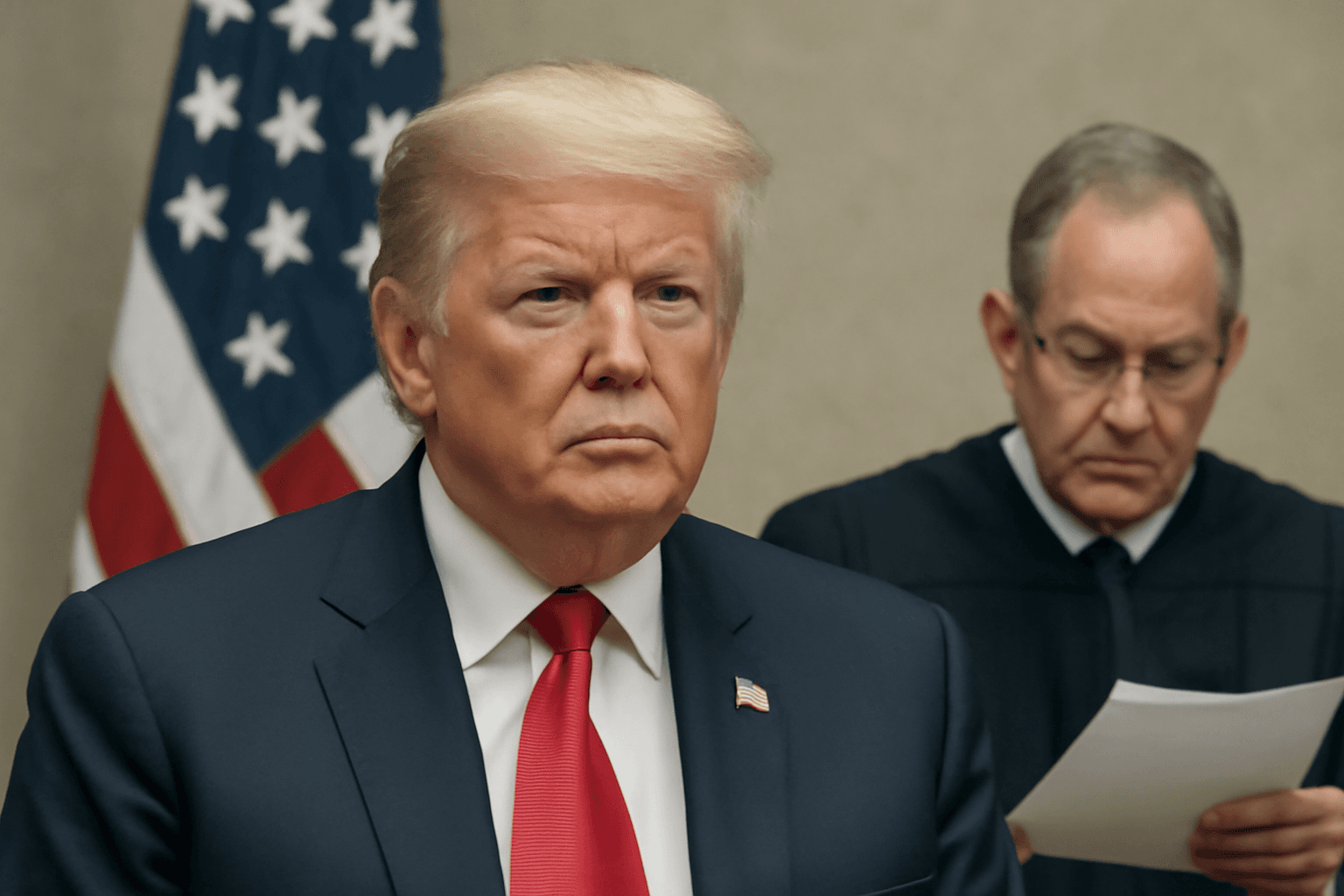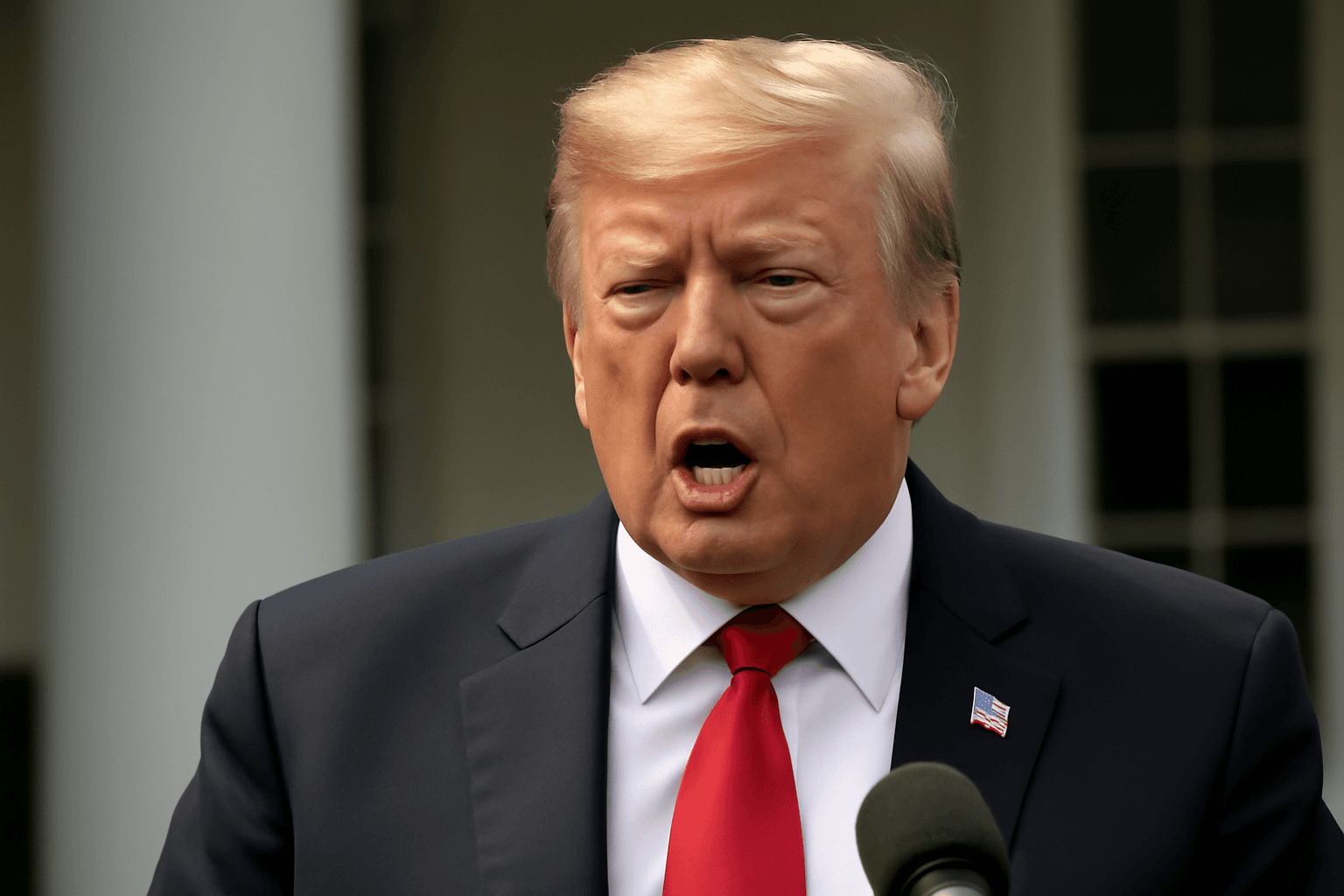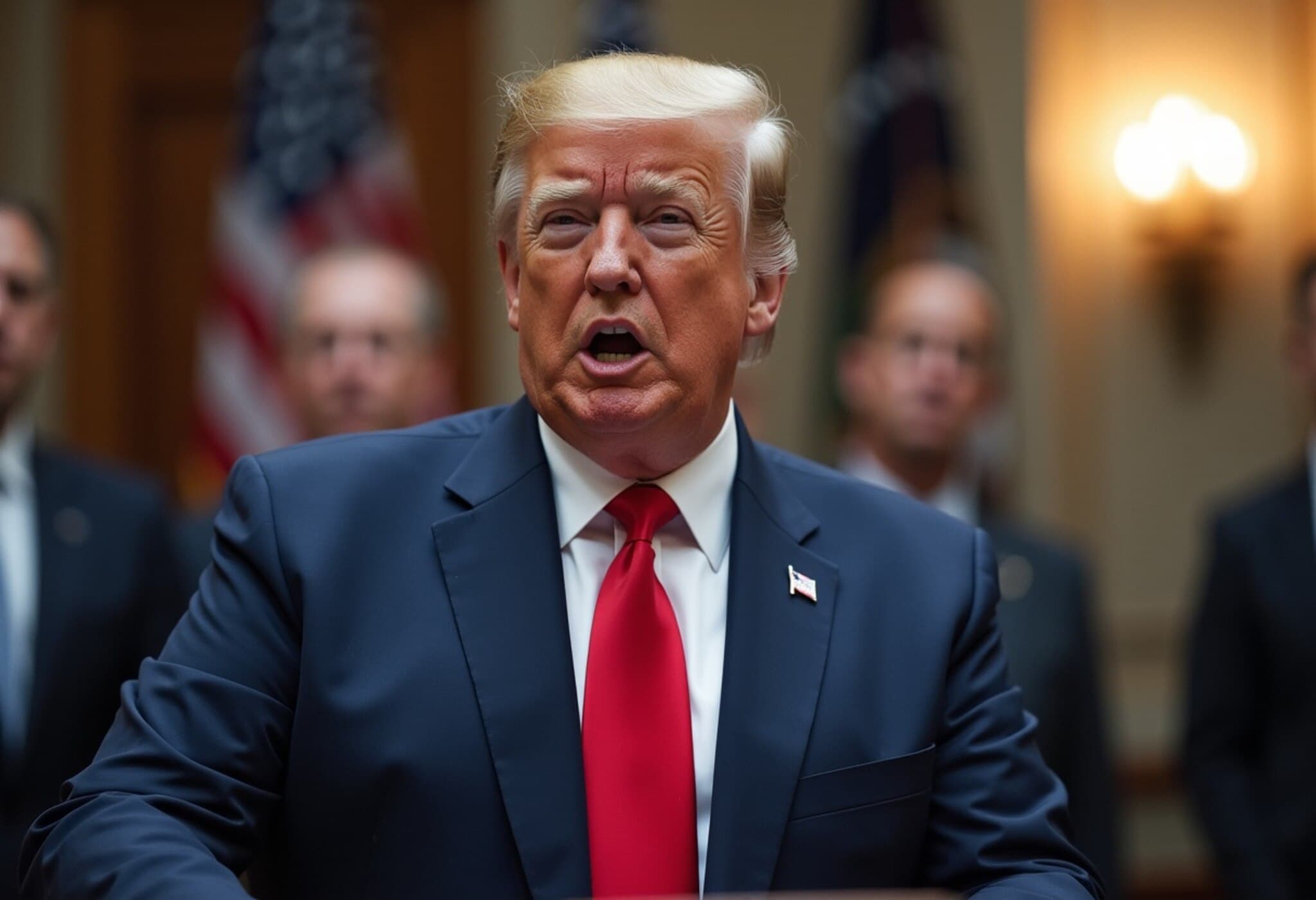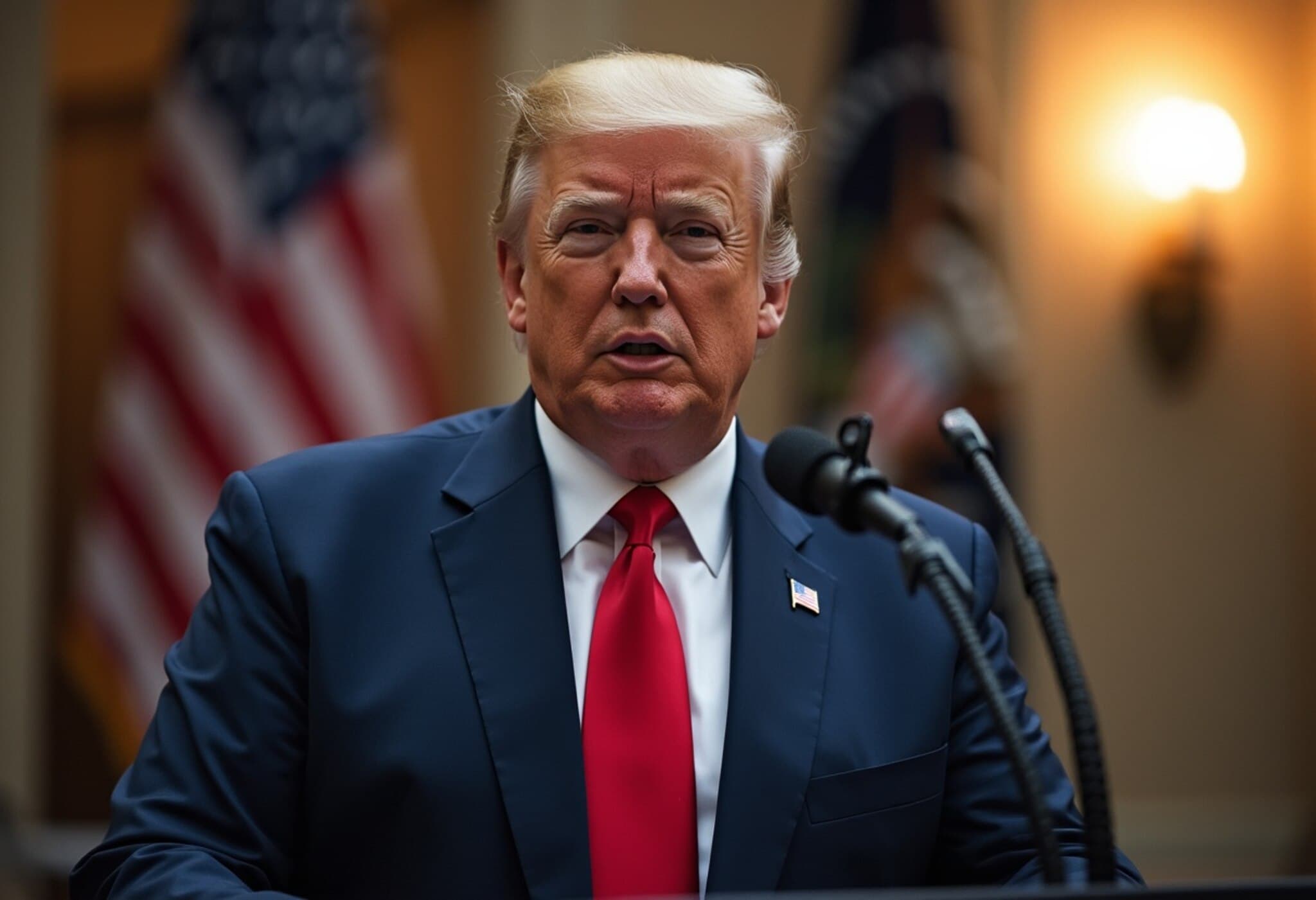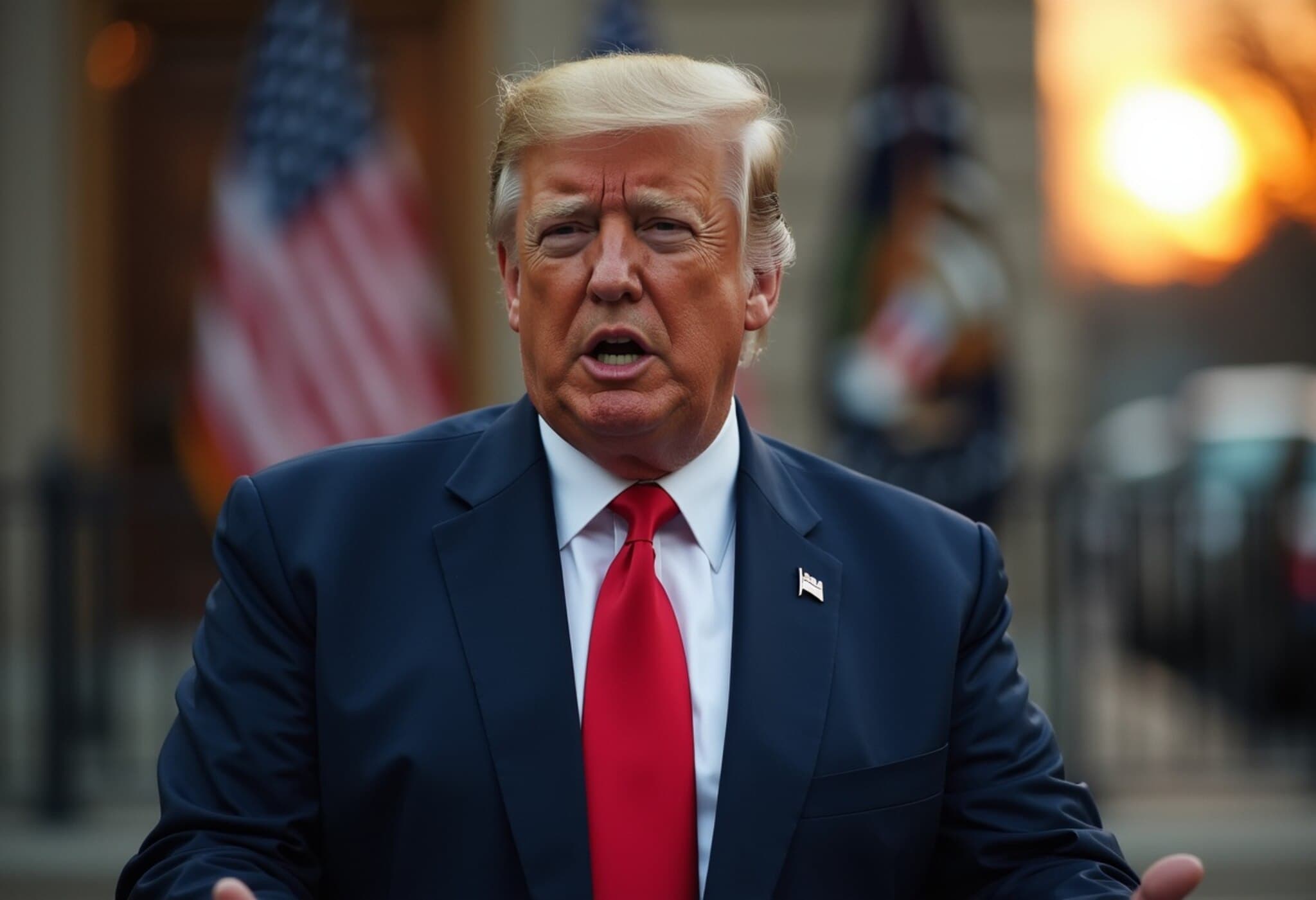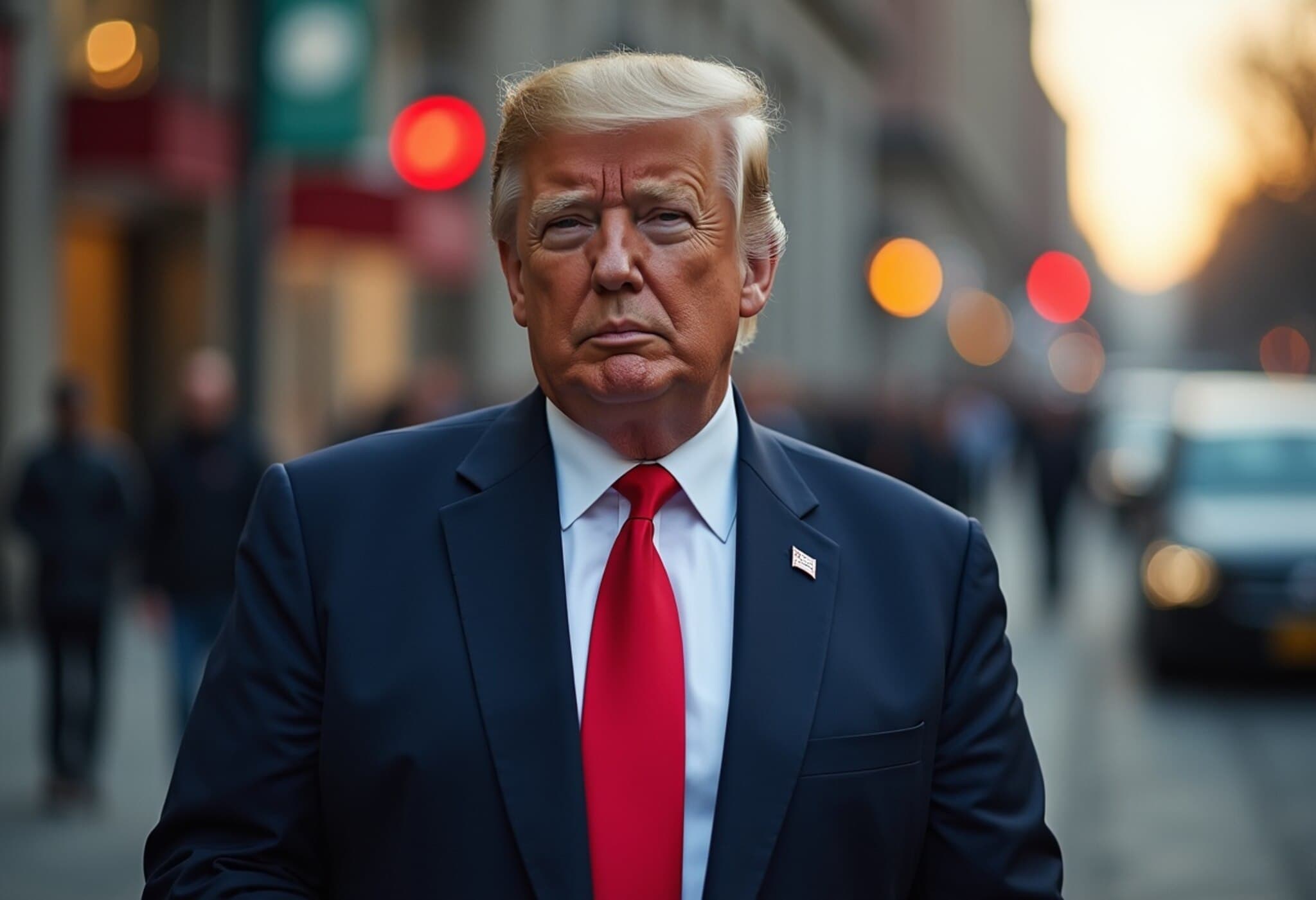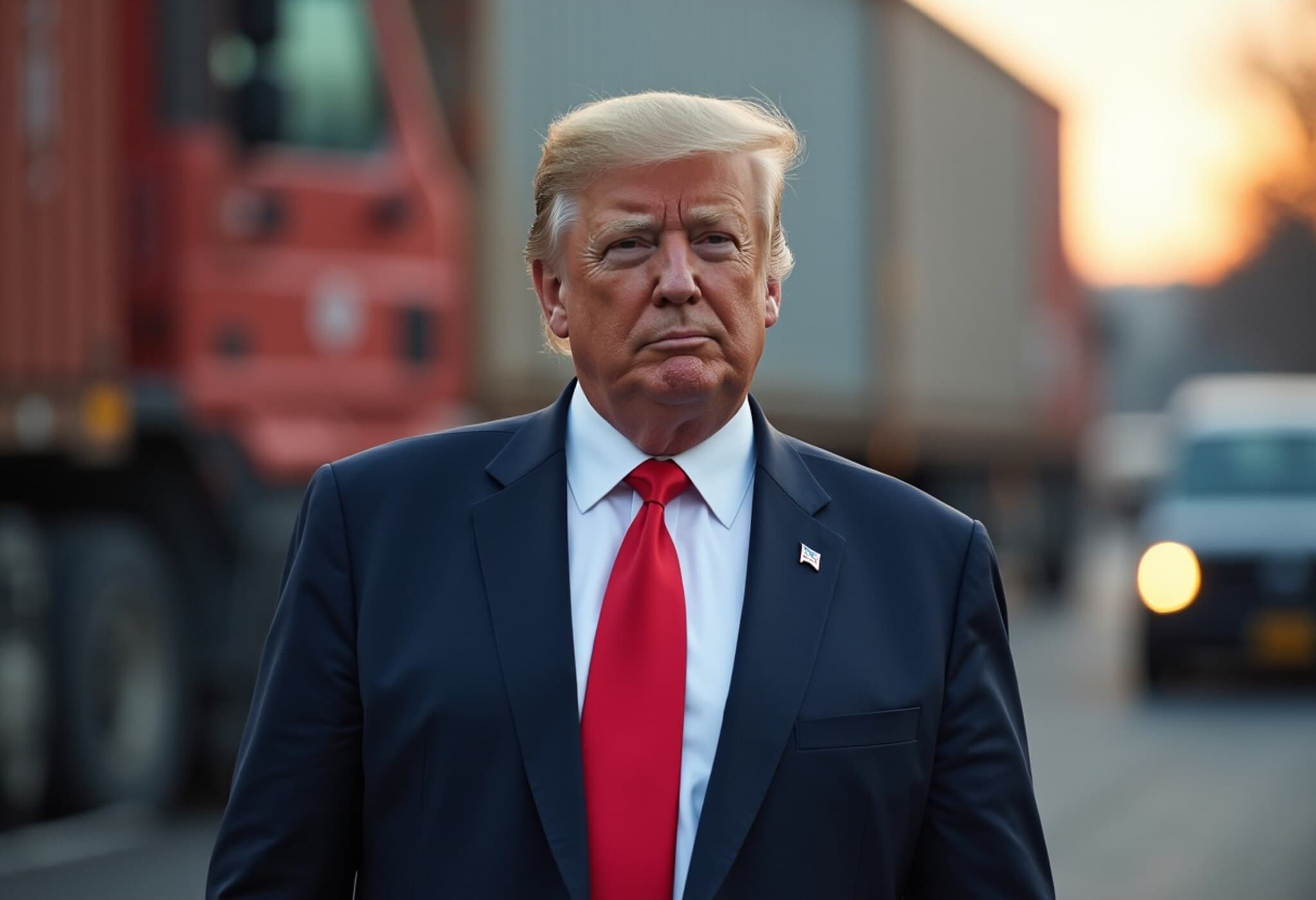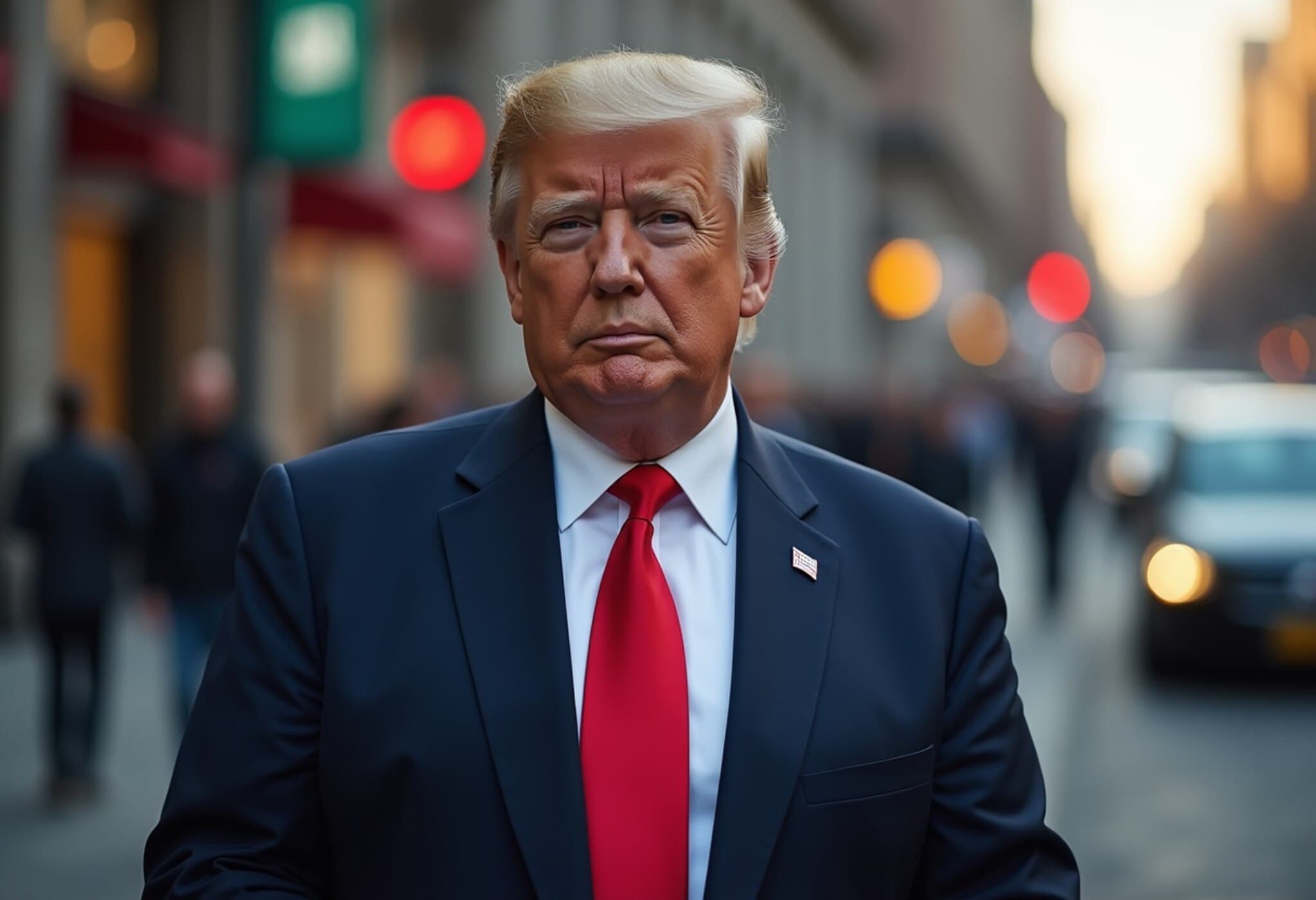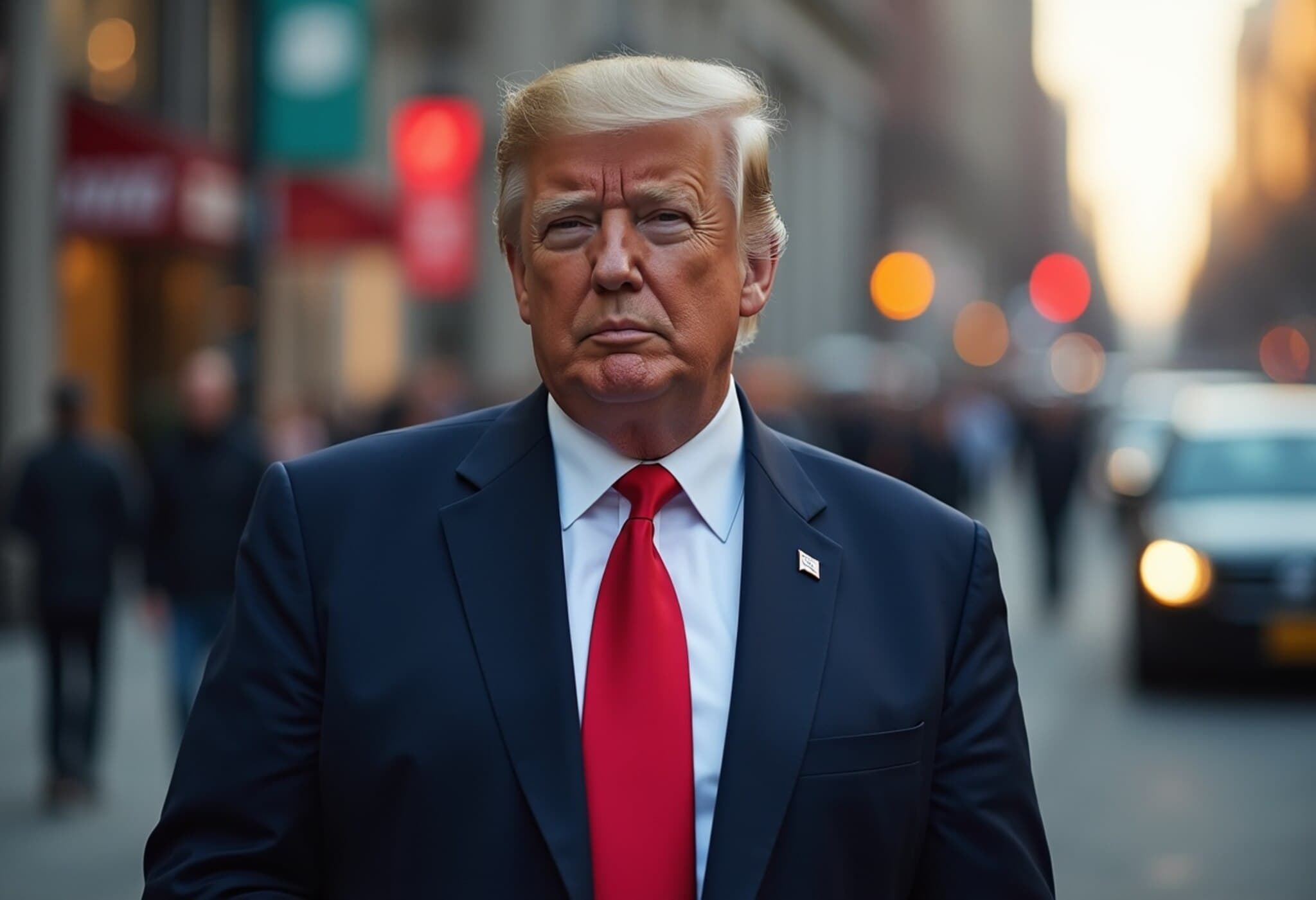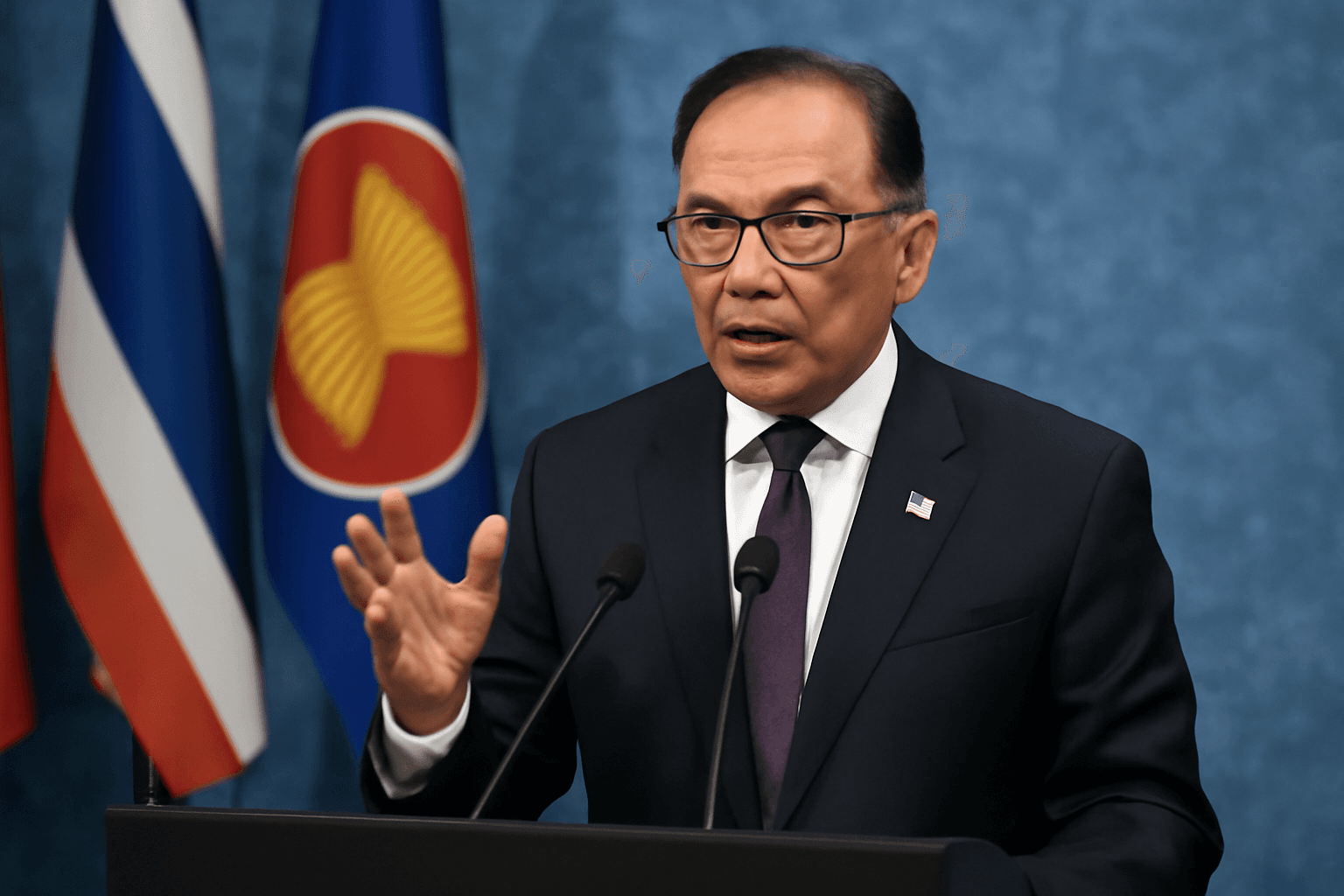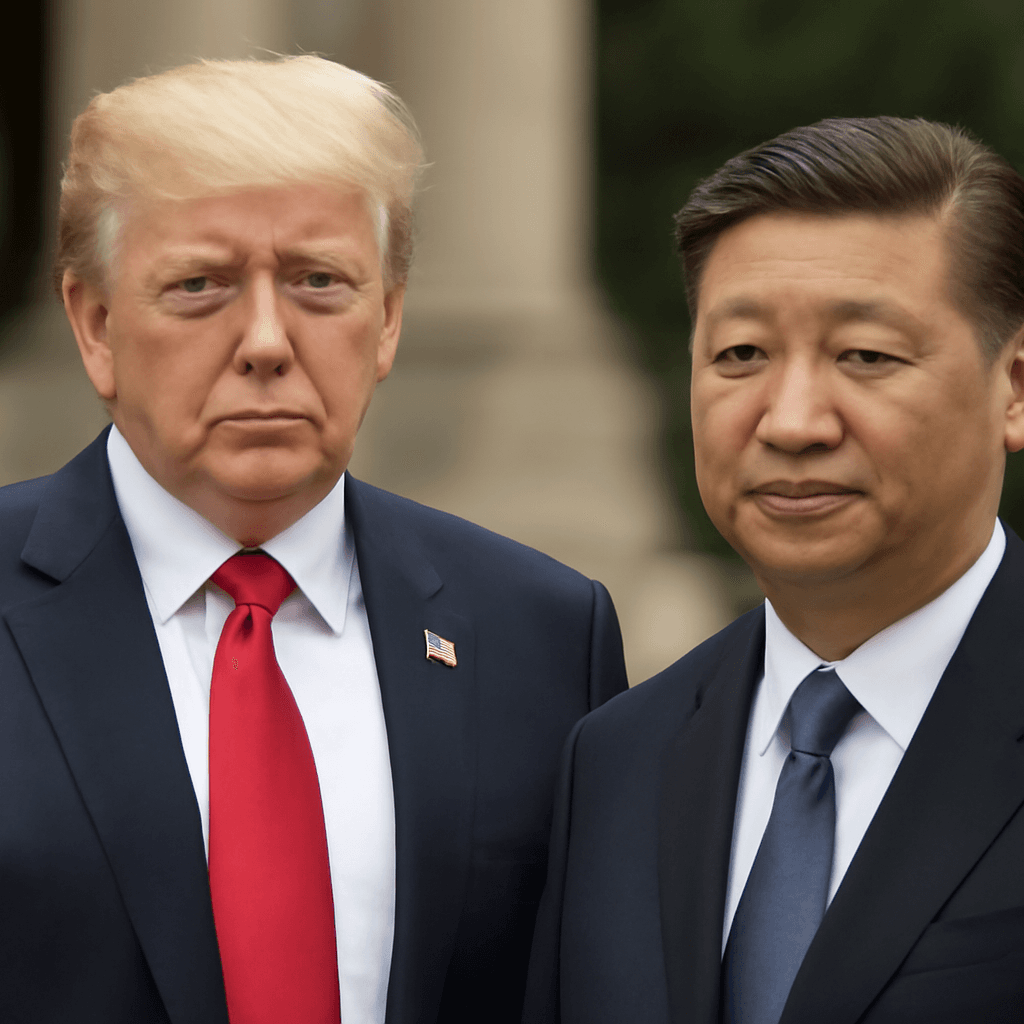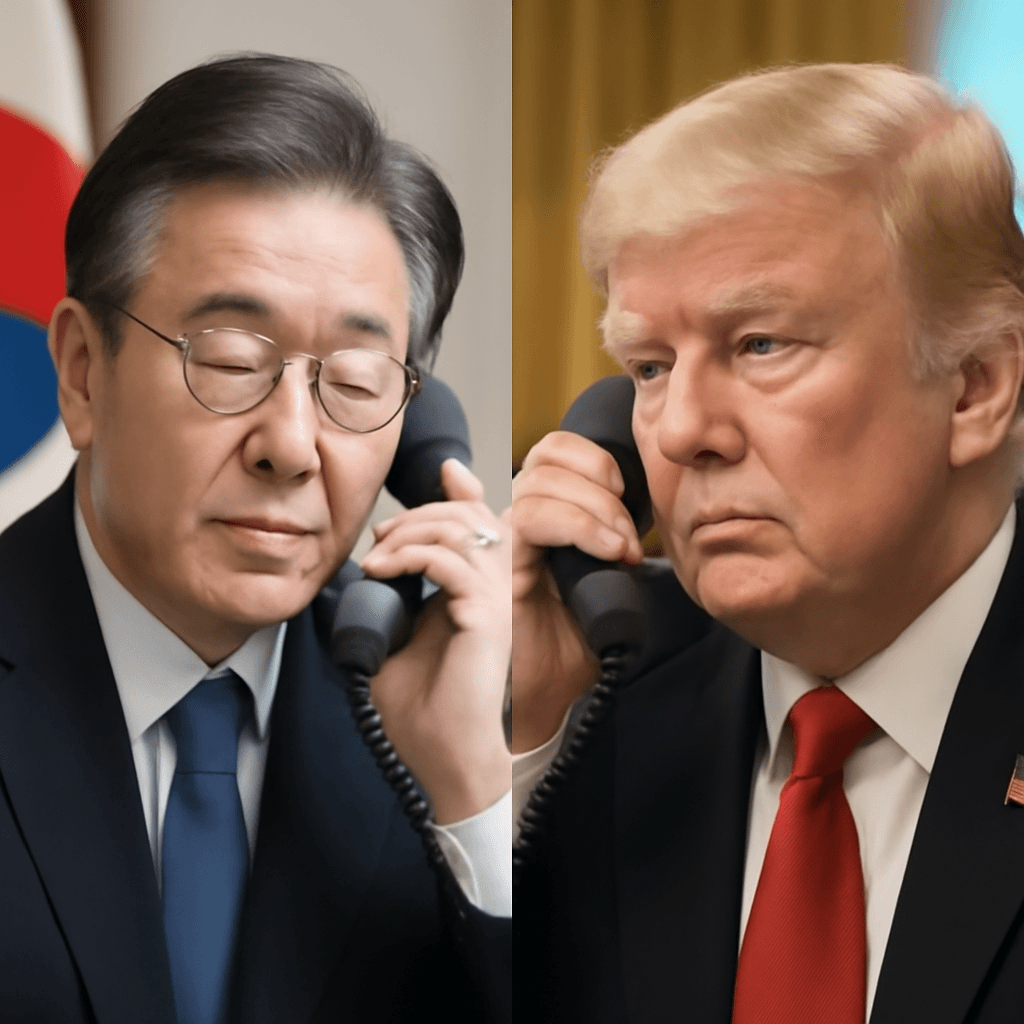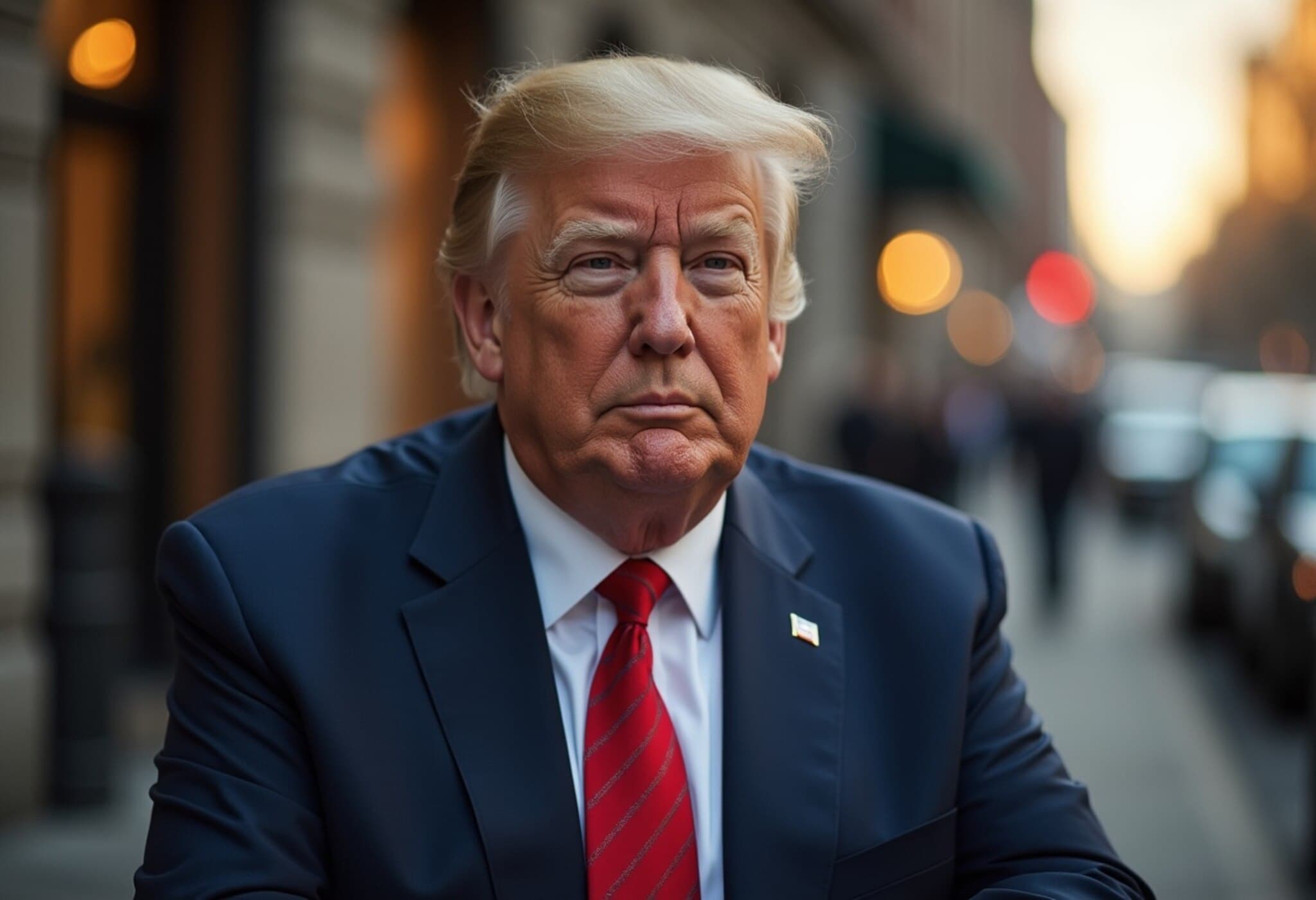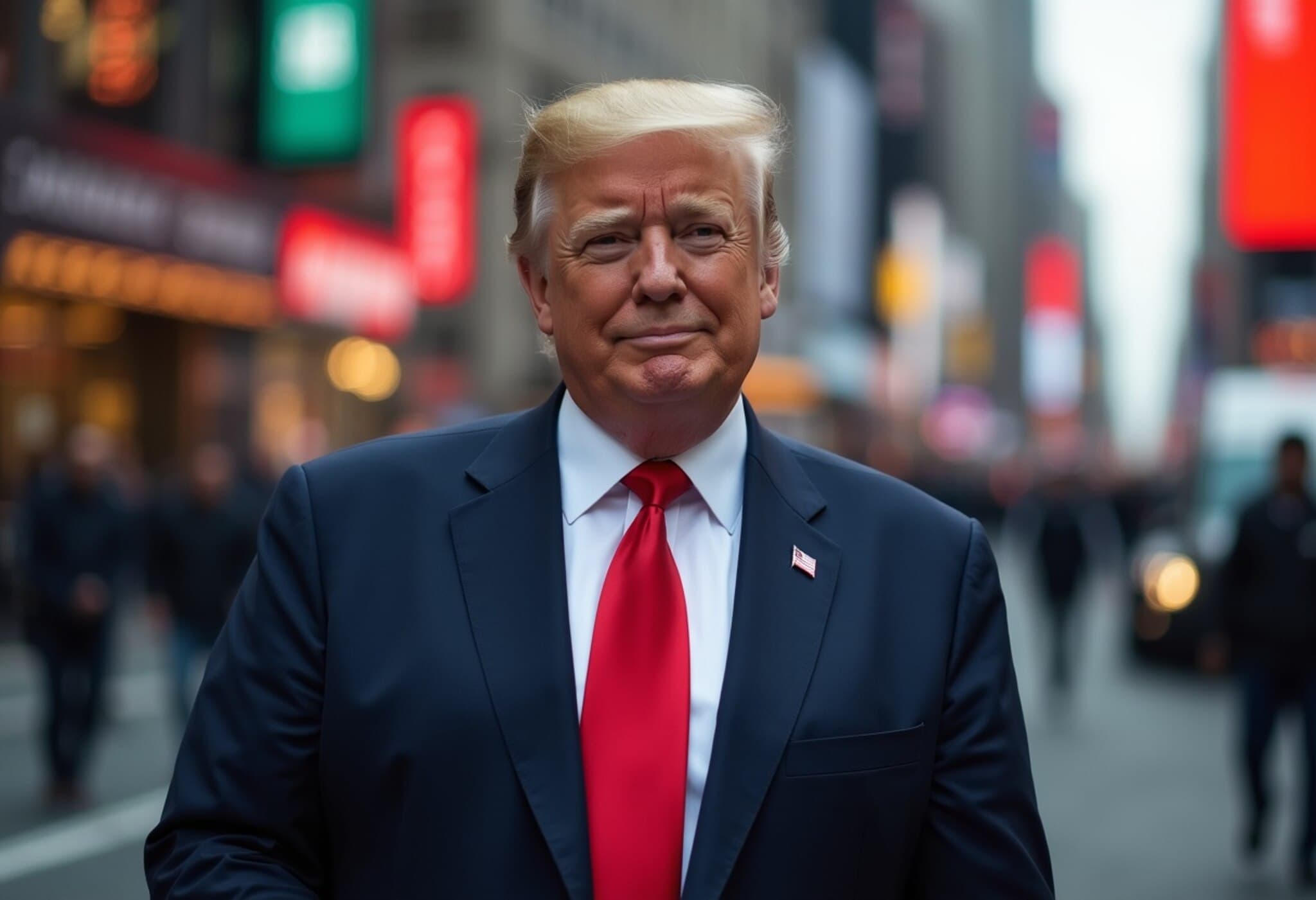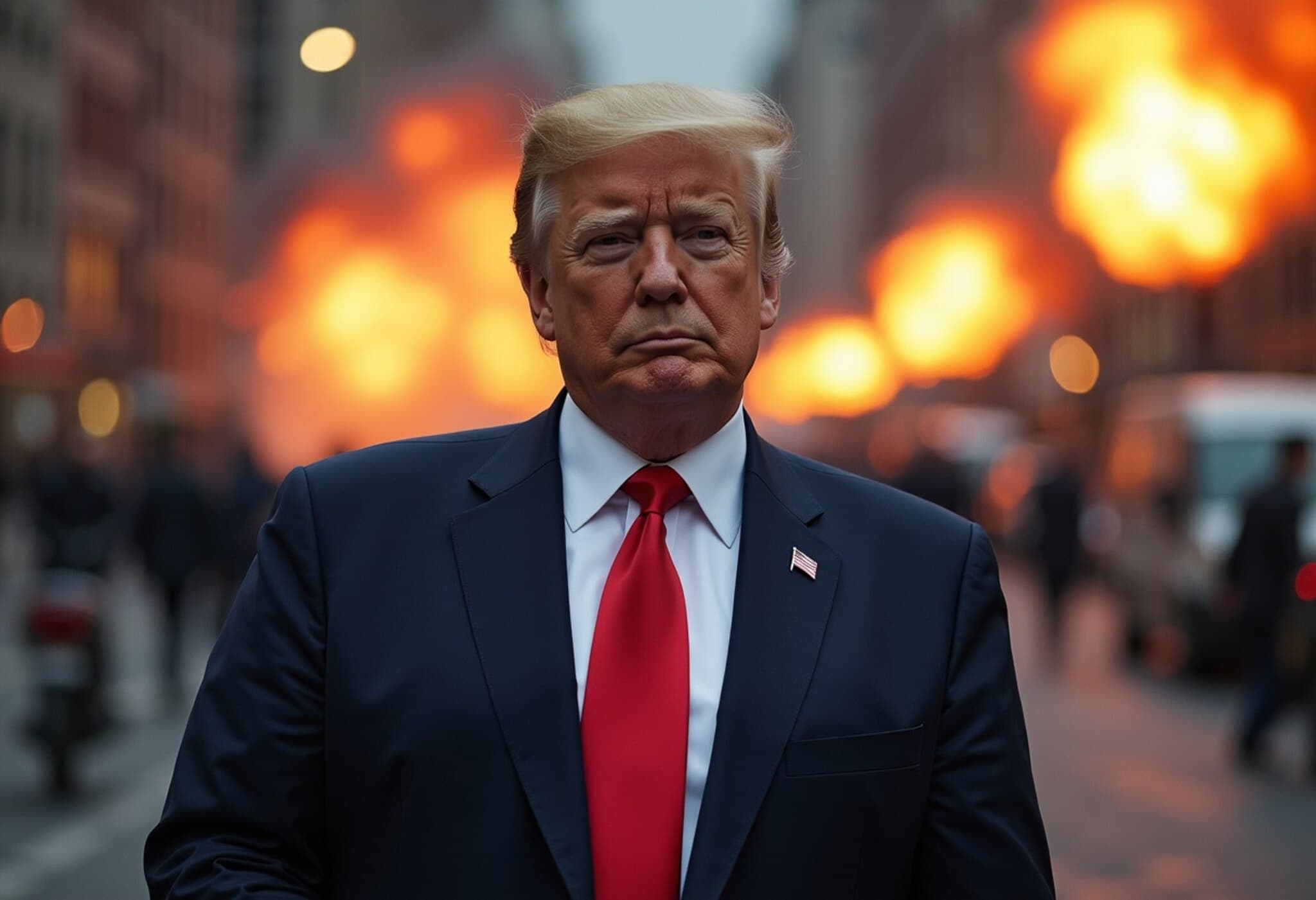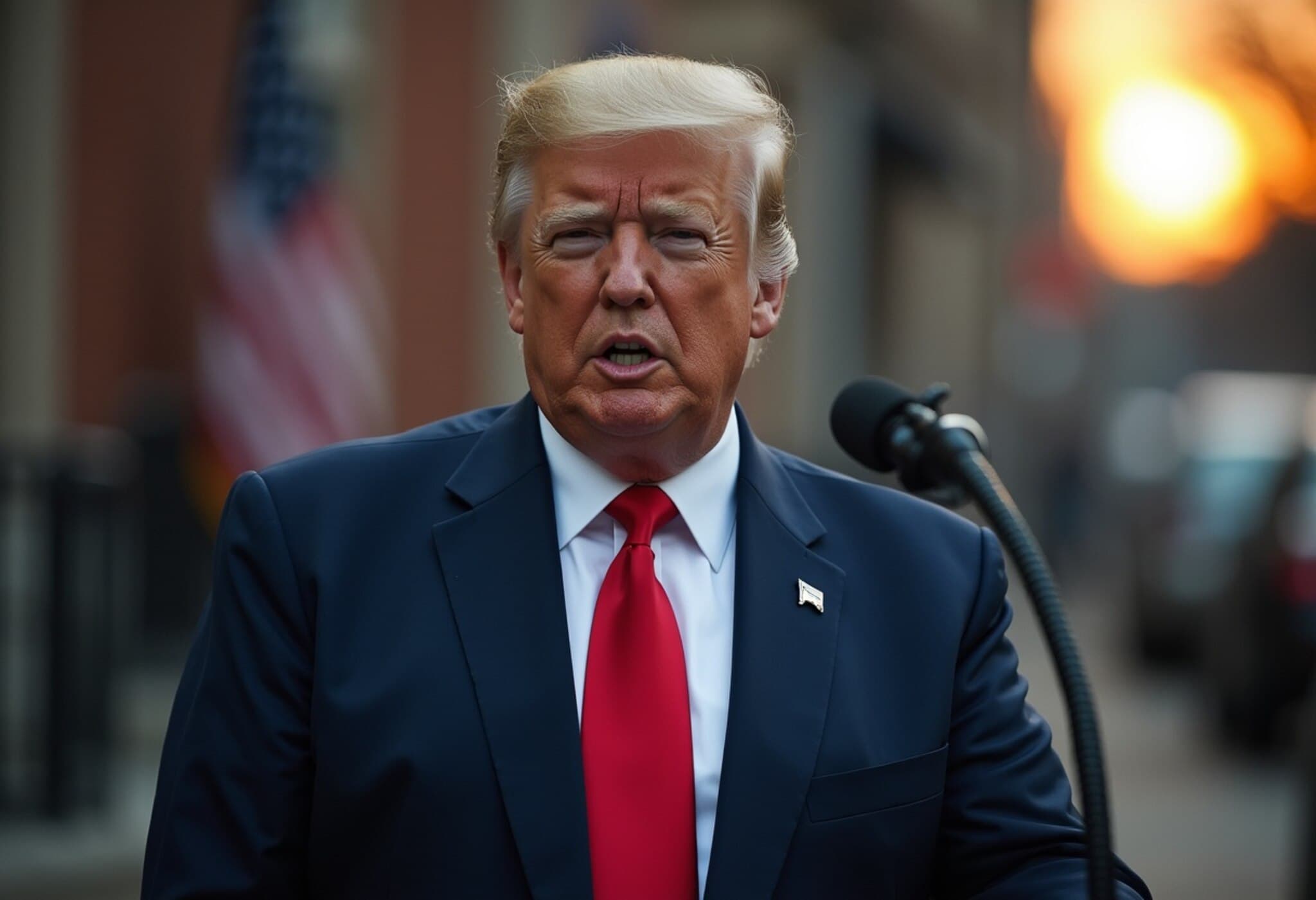Overview of Trump's Latest Reciprocal Tariffs
On August 7, 2025, the Trump administration’s controversial 'reciprocal' tariffs officially took effect, marking a significant escalation in the United States' trade policy. This new wave of tariffs imposes steep duties on a broad range of imports from dozens of countries, aiming to counter what the administration describes as unfair trading practices exploited by America’s partners for years.
Former President Donald Trump celebrated the implementation in a post on his social media platform Truth Social with his signature brash style: "IT'S MIDNIGHT!!! BILLIONS OF DOLLARS IN TARIFFS ARE NOW FLOWING INTO THE UNITED STATES OF AMERICA!"
Which Countries Are Most Affected?
The tariffs, many of which were scheduled to begin August 1 but were delayed to August 7, impose particularly steep duties on certain nations. For example:
- Syria faces a 41% tariff rate, reflecting ongoing geopolitical tensions.
- Laos and Myanmar see tariffs as high as 40%, underscoring strained trade relations.
- Switzerland, after failing to secure a last-minute exemption, confronts a 39% tariff.
- Brazil currently faces a tariff of 50%, part of a broader pushback against perceived trade imbalances.
- India’s tariffs begin at 25%, scheduled to escalate to 50% later this month, primarily targeting India’s ongoing purchases of Russian oil.
Trade Policy Context and Economic Implications
These 'reciprocal' tariffs represent a continuation of Trump’s aggressive trade stance, emphasizing a transactional approach where trade duties correspond directly to the tariffs imposed by partner countries on U.S. exports. The message is clear: the U.S. aims to reclaim leverage that, according to the administration, has been lost in previous trade deals.
However, experts caution that while these measures may boost domestic industry protection in the short term, they risk disrupting established supply chains and increasing costs for American consumers. Economists warn of potential retaliatory measures from affected nations, which could escalate into broader trade conflicts, undermining global economic stability.
Legal and Policy Perspectives
From a legal standpoint, the tariffs have raised questions related to compliance with World Trade Organization (WTO) rules and existing bilateral agreements. Trade law scholars highlight the delicate balance the administration must strike to avoid punitive sanctions or countermeasures by trading partners.
Underreported Questions and Regional Impact
Notably, the impact on smaller economies such as Laos and Myanmar often receives little media attention but could have significant repercussions for regional trade dynamics in Southeast Asia. Additionally, the tariff on Switzerland—a nation key to high-value financial and pharmaceutical exports—could reverberate more broadly across European markets.
Furthermore, the decision to escalate tariffs linked to India’s oil purchases from Russia touches on broader geopolitical issues, intertwining trade policy with energy security and international diplomacy. This raises critical questions about how economic measures intersect with global political alliances.
Conclusion: A Strategic Gamble with Global Stakes
The unfolding tariff saga underscores the evolving nature of U.S. trade strategy under political pressures to protect domestic industries and assert economic sovereignty. Yet, the path forward is fraught with risks of backlash and unintended consequences for American businesses and consumers.
Editor’s Note
As the new reciprocal tariffs take root, it's essential to monitor their ripple effects beyond headline numbers. Will these tariffs safeguard American jobs or catalyze costly trade wars? How will impacted countries respond diplomatically and economically? Readers interested in the intersection of trade policy, international relations, and economic consequences should watch this developing story closely.



